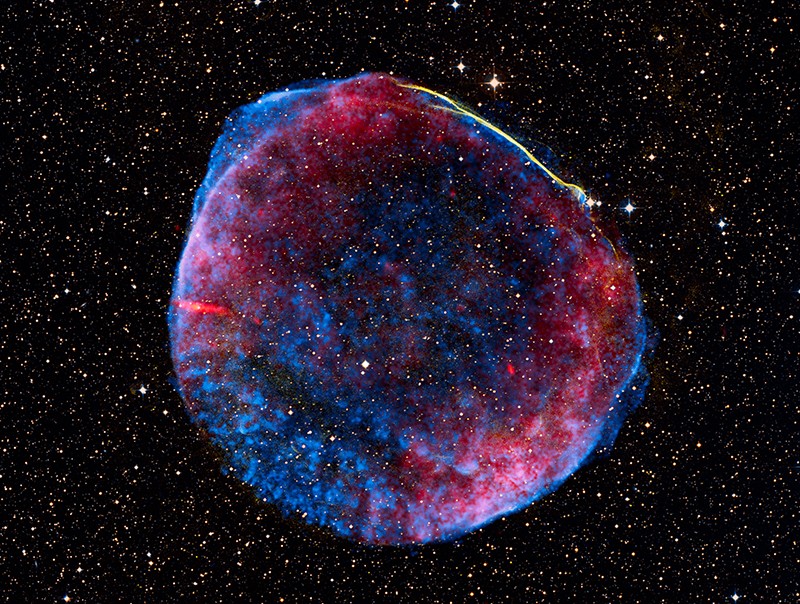5TH DIMENSION
Age Of Aquarius Lyrics
When the moon is in the Seventh House
And Jupiter aligns with Mars
Then peace will guide the planets
And love will steer the stars
This is the dawning of the Age of Aquarius
The Age of Aquarius
Aquarius! Aquarius!
Harmony and understanding
Sympathy and trust abounding
No more falsehoods or derisions
Golden living dreams of visions
Mystic crystal revelation
And the mind's true liberation
Aquarius! Aquarius!
When the moon is in the Seventh House
And Jupiter aligns with Mars
Then peace will guide the planets
And love will steer the stars
This is the dawning of the Age of Aquarius
The Age of Aquarius
Aquarius! Aquarius!
Let the sun shine, Let the sun shine in
The sun shine in ...
Lyrics from lyrics.net
The line "When the Moon is n the Seventh House and Jupiter aligns with Mars" is poetic liberty and not real Astrology. Moon is in the 7th House every night. The perfect alignment of all the planets as seen from Earth took place lin 2000 AD but obviously it did not bring with it the end of the world as we know it.
The Age of Aquarius
The Age of Aquarius is an astrological term denoting either the current or forthcoming astrological age, depending on the method of calculation. Astrologers maintain that an astrological age is a product of the earth's slow precessional rotation and lasts for 2,160 years, on average (1 degree every 72 years. 360 / 12 zodiac signs = 30. 30 * 72 = 2,160). In popular culture in the United States, the Age of Aquarius refers to the advent of the New Age movement in the 1960s and 1970s.
There are various methods of calculating the length of an astrological age.
In sun-sign astrology, the first sign is Aries, followed by Taurus, Gemini, Cancer, Leo, Virgo, Libra, Scorpio, Sagittarius, Capricorn, Aquarius, and Pisces, whereupon the cycle returns to Aries and through the zodiacal signs again.
Astrological ages, however, proceed in the opposite direction (retrograde in astronomy). Therefore, the Age of Aquarius follows the Age of Pisces.
wikipedia
Axial precession
 |
| Precessional movement of the Earth – the Earth rotates (white arrows) once a day about its axis of rotation (red); this axis itself rotates slowly (white circle), completing a rotation in approximately 26,000 years wikimedia |
In astronomy, axial precession is a gravity-induced, slow, and continuous change in the orientation of an astronomical body's rotational axis. In particular, it refers to the gradual shift in the orientation of Earth's axis of rotation, which, similar to a wobbling top, traces out a pair of cones joined at their apices in a cycle of approximately 26,000 years. The term "precession" typically refers only to this largest part of the motion; other changes in the alignment of Earth's axis – nutationand polar motion – are much smaller in magnitude.
wikipedia
Historical background
Modern astrologists discuss the exact time when the Age of Aquarius begins and what kind of positive impact the positions of Earth, Sun, Moon and planets in the Zodiac will have on humanity. These discussions are definitely modern as they assume rotating planet Earth, two thousand year rhythm of alignment and even axial precession.
Ancient astronomers in all the cultures around the globe understood Earth as the solid immovable center of the Universe over which the heavenly objects made their nightly travels.
Hipparchus
The great demarcation point in the history of the astrological ages is around 127 BC when the Greek astronomer-astrologer Hipparchus from observation discovered that the great immovable sphere of fixed stars was not fixed but slowly moving eastwards due to what is now known as precession of the equinoxes. It is possible that some other astronomers before Hipparchus had also noticed the phenomenon but it is Hipparchus who has taken the fame.
This discovery by Hipparchus is not entirely unexpected as Hipparchus is considered to have been the greatest observational astronomer in his time and up until Tycho Brahe in the 16th century AD. What is highly contentious in modern times is the claim by many that observation of the effects of precession of the equinoxes was known well before the time of Hipparchus and his contemporaries in Greece or even Mesopotamia. The academic answer is no – precession of the equinoxes was unknown in earlier times.
wikipedia
Anno Domini
The current Anno Mundi calendar theoretically commenced with the creation of the world based on information in the Old Testament. It was believed that based on the Anno Mundi calendar Jesus was born in the year 5500 (or 5500 years after the world was created) with the year 6000 of the Anno Mundi calendar marking the end of the world. Anno Mundi 6000 (approximately AD 500) was thus equated with the resurrection of Christ and the end of the world.
Since this date had already passed in the time of Dionysius Exiguus, he therefore searched for a new end of the world at a later date. He was heavily influenced by ancient cosmology, in particular the doctrine of the Great Year that places a strong emphasis on planetary conjunctions. This doctrine says that when all the planets were in conjunction that this cosmic event would mark the end of the world. Dionysius accurately calculated that this conjunction would occur in May AD 2000
Dionysius then applied another astronomical timing mechanism based on precession of the equinoxes. Though incorrect, some oriental astronomers at the time believed that the precessional cycle was 24,000 years which included twelve astrological ages of 2,000 years each. Dionysius believed that if the planetary alignment marked the end of an age (i.e. the Pisces age), then the birth of Jesus Christ marked the beginning of the Age of Pisces 2,000 years earlier. He therefore deducted 2,000 years from the May 2000 conjunction to produce AD 1 for the incarnation of Christ.
wikipedia
For us Christians the views of that 6th century Byzantine monk who was short in stature but mentally tall are of particular interest - birth of Christ, beginning of the Age of Pisces.
So now it is time to move on to the New Age when the vernal equinox point will no longer be facing Pisces, but moves into the constellation of Aquarius
....
As the few selected quotes above demonstrate the matter of the Age of Aquarius is a big subject indeed and lies in the heart of ancient and modern Astrology. Fundamental to these beliefs is the view that the fate of humanity is not random but follows patterns similar to the clockworks of heavenly bodies in some sort of universal unity of the Cosmos.



